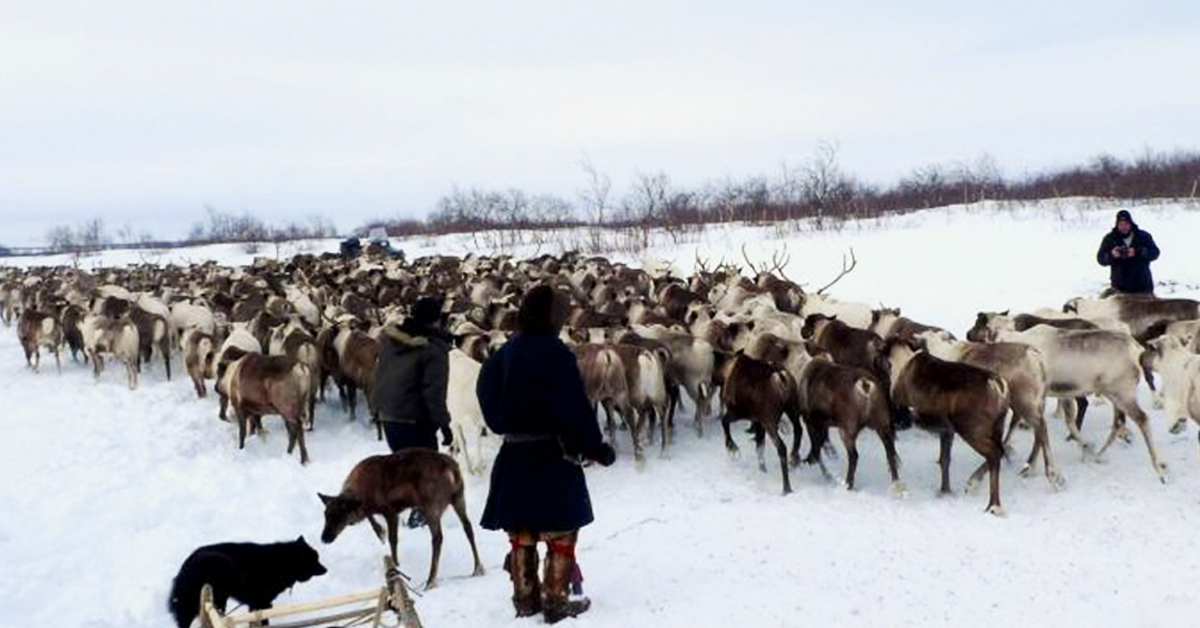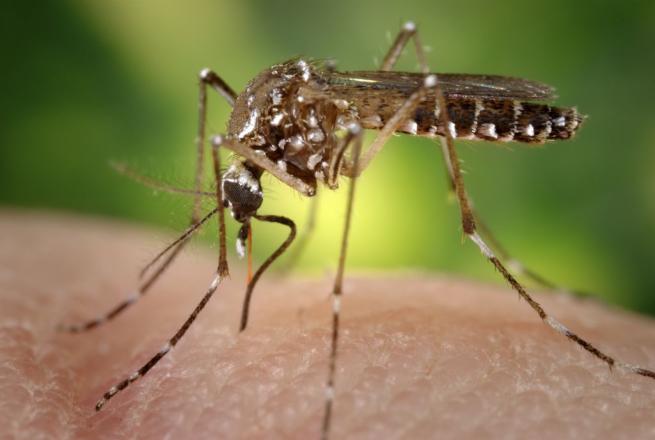This article was originally published on The Drum. Read the original article here.
Part of Siberia is under quarantine where an outbreak of anthrax has killed 2,300 reindeer, hospitalised more than 70 people, and taken the life of a child. This outbreak has been attributed to the thawing of a reindeer corpse within which the anthrax bacteria had been lying dormant for 75 years.
It sounds like an episode of Game of Thrones but in fact, it’s another wake-up call that global warming is entering a new and disturbing phase.

Many people assume anthrax was created in a lab due to its association with the post 9/11 anthrax attacks but in fact, the bacterium that causes anthrax is found naturally in soils. A disease that affects both humans and animals, it is when the spores of the anthrax bacterium get inside a body – through inhalation, ingestion, or contact with broken skin – that disease can be triggered.
Temperature and rainfall influence whether an infection thrives or dies.
Animals can be exposed to anthrax spores though grazing or drinking contaminated water, and vaccination of domestic herds in affected areas can be used to prevent outbreaks. Infection in people is rare and is usually restricted to contact with infected animals or their products.
Why has this outbreak in Siberia occurred now, after a lifetime of being absent? Global warming is the most likely culprit.
The spores from the anthrax bacterium can lie dormant for very long periods – a type of hibernation. Much like your freezer preserves your food, the icy arctic tundra preserves reindeer flesh and its resident sleeping anthrax spores.
The recent record-breaking temperatures in the region – more than 5 degrees Celsius above average – have caused the permafrost to thaw, so that spores from the newly rotting dead reindeer leach into groundwater. This contaminated water is consumed by reindeer and by people, causing the spores to be ingested. Perhaps even more disturbing is that the current outbreak may not be attributable to a single infected reindeer, but rather to decomposing human flesh in defrosting cemeteries.
Global temperatures are increasing due to human activity. 2016 will almost certainly be the hottest year on record globally for the third year in a row and June was the fourteenth month in a row to break monthly temperature records. These rising temperatures are a huge cause for concern for human health.
It’s not just reindeer and their herders that are at risk from disease triggered by climate change; a number of significant communicable diseases are shaped by climate.
Diseases shaped by climate
Temperature and rainfall influence whether an infection thrives or dies. This may be due to the direct impact on the pathogen (the disease-causing organism) or by providing the environment needed to sustain disease vectors, such as ticks and mosquitoes, or alternative disease hosts, such as bats and rats.
Like anthrax, the transmission of several other bacterial diseases has been associated with climate change. Leptospirosis, for example, is carried by mammals and can be transmitted to humans via contact with animal urine. Exposure to Leptospira bacteria through contaminated floodwaters will likely increase in some areas with increasing extreme weather associated with climate change.
Bacterial gastroenteritis, such as that caused by Salmonella bacteria, is more common during warmer months and cases are expected to increase as temperatures continue to rise. This is because bacteria multiply more quickly in contaminated food and on food preparation surfaces when it is warmer.
Even skin infections caused by bacteria may be affected. Tropical ulcers, caused by various bacteria, occur in warm, wet conditions. Rising temperatures, especially with an associated increase in humidity, may increase the likelihood and extent of outbreaks.
Diseases carried by mosquitoes such as malaria, zika, dengue and chikungunyah can only be transmitted in areas where the climate is favourable to the mosquitoes that carry them. Warmer temperatures mean that mosquitoes mature more quickly, feed more frequently, and live longer. The diseases they carry will spread to new geographic areas and will be transmitted more readily.

Seasons when these diseases spread most will lengthen as winters become warmer and shorter. In short, increasingly favourable climates for mosquitoes results in increased disease transmission. While the most severe outbreaks are likely to occur in places less institutionally able to respond, even in well-resourced countries these diseases become more difficult to control.
This re-emergence of a long-gone deadly disease following record high temperatures in Siberia reminds us of the fragility of the relationships between humans, our environment and the microbes with which we co-exist. Climate change will trigger new, disruptive and perhaps poorly anticipated challenges to health with which we will have to cope.
This article was originally published on The Drum. Read the original article here.
Image credits:
- ezioman via Wikimedia Commons
- Flickr user Sanofi Pasteur licensed under CC BY-NC-ND 2.0